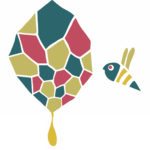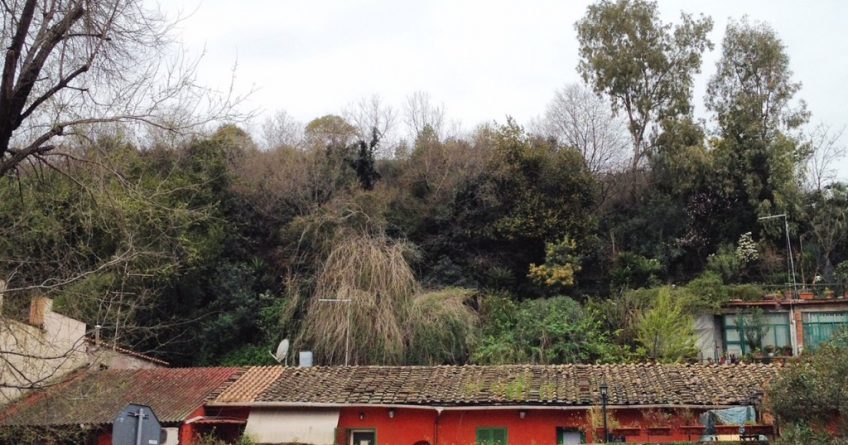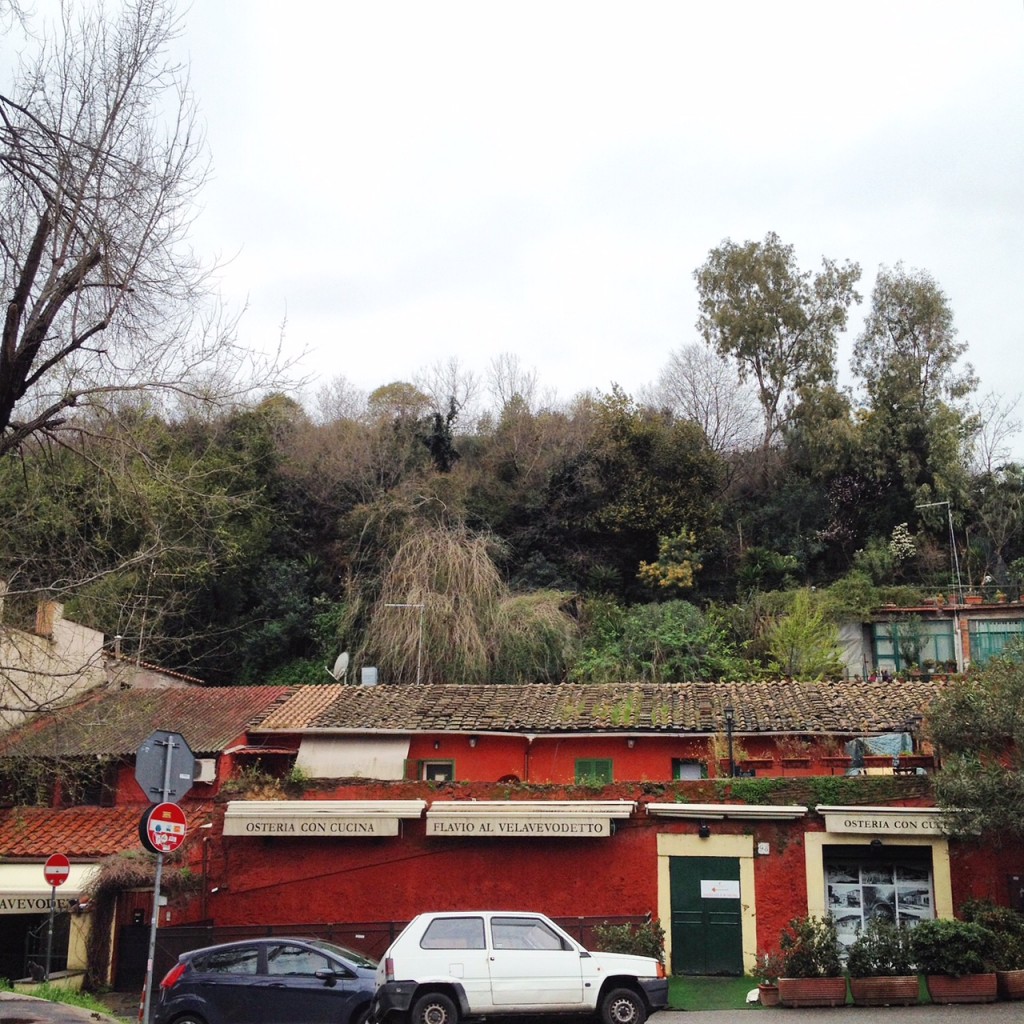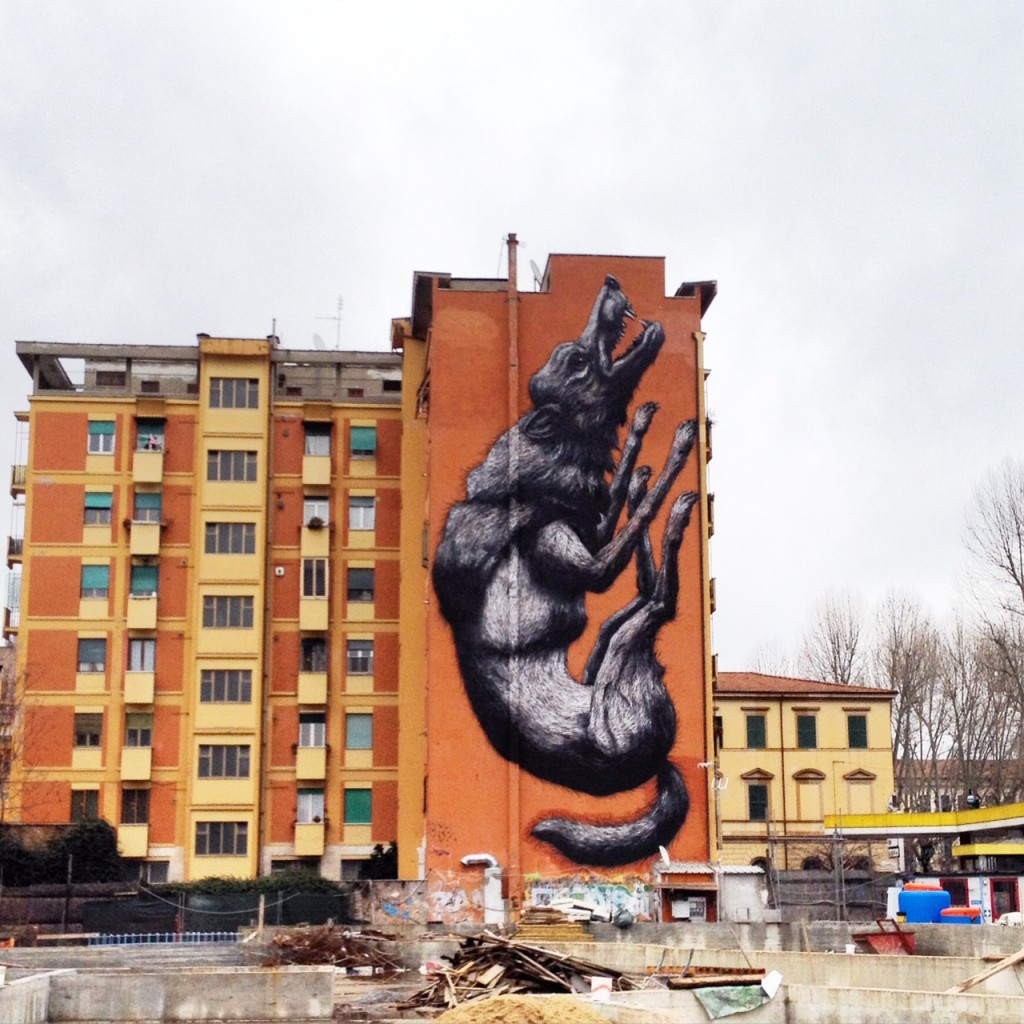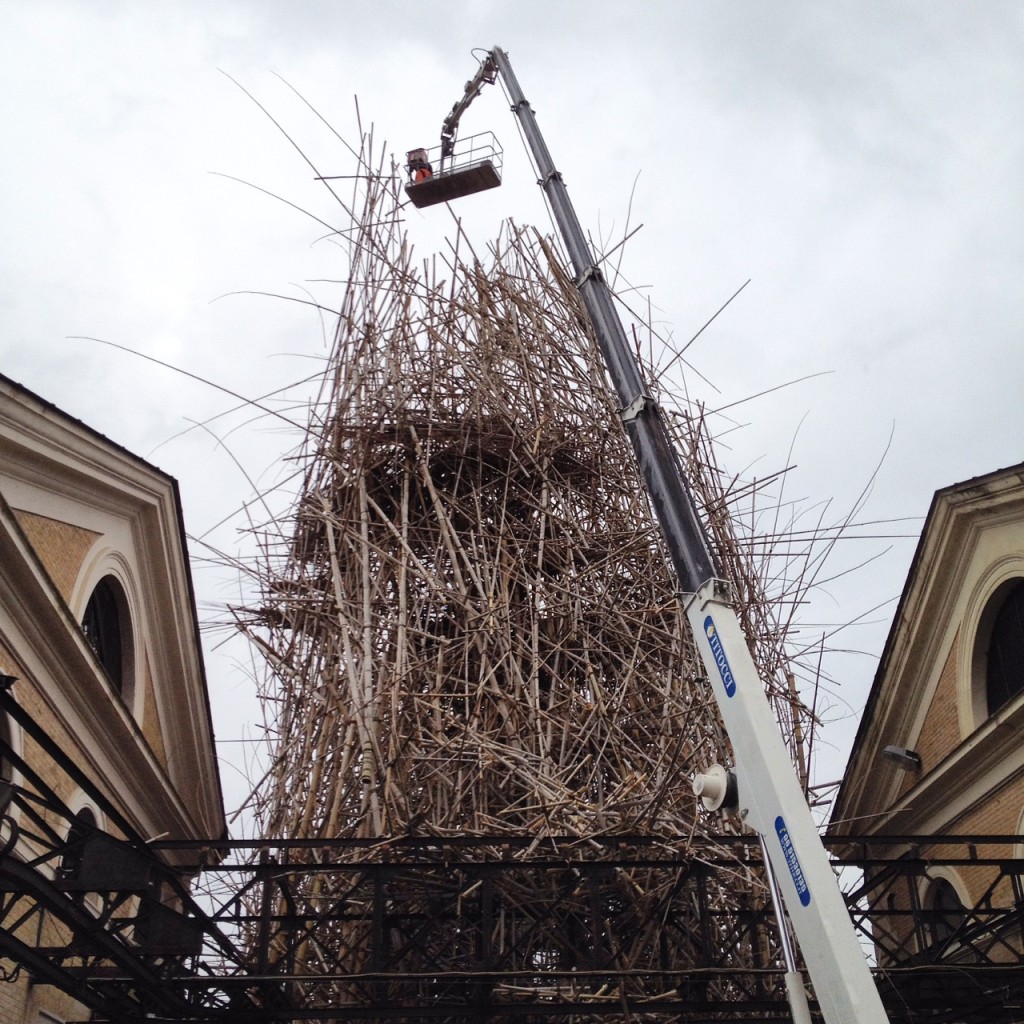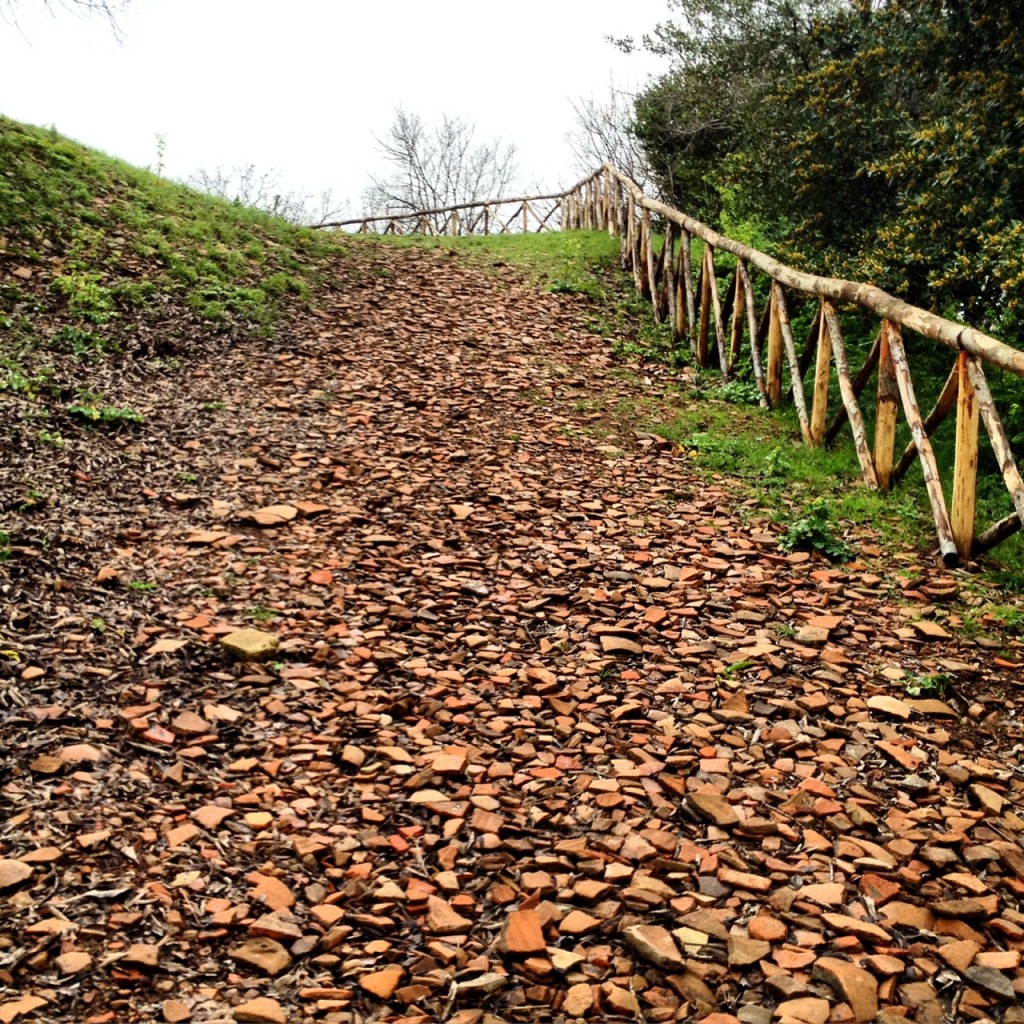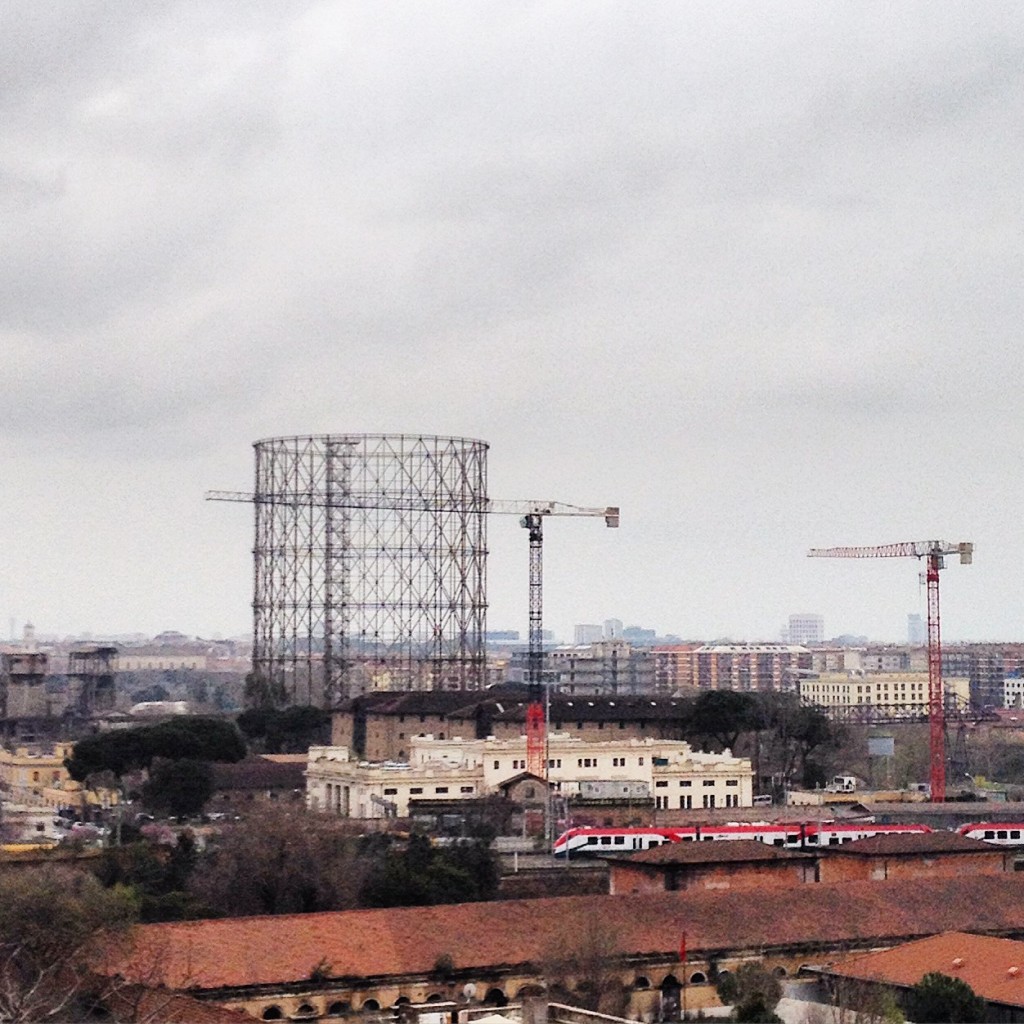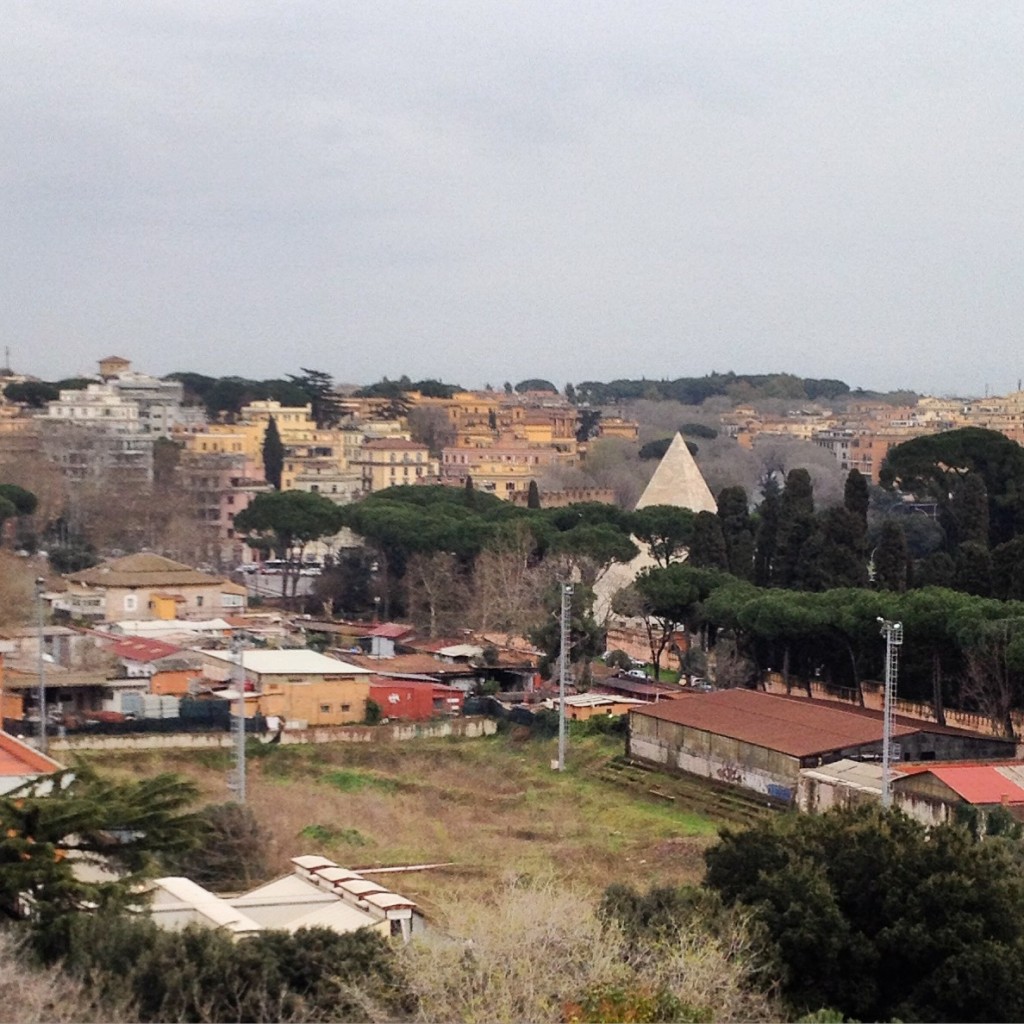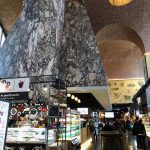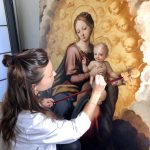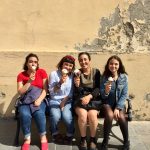I lived in Panama as a child and I was a bit of a wildish creature. I spent 6 years barefoot and most of my waking hours were spent without walls – the worst punishment I could receive from my mother was being made to stay inside for the day. One of the highlights of our neighborhood was a hill that my friends and I dubbed “Clay Hill”. We played on it a lot and in the rainy season that hill became a slippery, red, muddy mess, but as children do – we were oblivious and we played on despite the mud and the wet.
Unbeknownst to many, Rome has its own “clay hill”. Monte Testaccio is not really a mountain, but a huge hill made up of the shards and fragments of amphorae dating back to the 1st century BC. Amphorae were terracotta pots used to carry a variety of products and the ones to carry olive oil were not reusable so they were discarded after use. These discarded pots are what formed Monte Testaccio. Estimates of how many amphorae were deposited on here range from 20-50 million. I’ve always been curious about this hill and it was great to explore it recently with Katie Parla of Parla Food.
Before the walk up, Katie showed us a bit around the part of the Testaccio neighborhood just surrounding the bottom of the hill. We stopped by Testaccio’s food market which was moved to its present location in 2011 and which is overlooked by a mural of “La Lupa” – a 20 meter tall depiction of the Capitoline She-Wolf by Belgian street artist, ROA, that was commissioned by the residents of the building.
During the walk we observed the beginning stages of the dismantling of the Big Bambù installation by artists Mike & Doug Starn at the MACRO Testaccio which had been a beloved part of the Testaccio landscape for the past 3 years. The MACRO Testaccio is located in what were the former city slaughterhouses.
From the grounds of the MACRO and the Città del Altra Economia – a fair trade complex also located here – Monte Testaccio from the distance looks like an ordinary green hill. However, its uniqueness is more apparent the closer you get as you can see from this path leading up the hill.
At the top of Monte Testaccio is an iron cross. For years, the summit served as the final stage of the Way of the Cross (Via Crucis) for the Pope during the Good Friday celebrations which now take place at the Colosseum. Some of the views from Monte Testaccio look out into the area of early industrial Rome in the Ostiense neighborhood and the Gazometro structure that was built in the early 1900’s – now no longer in use.
On another side of the hill Katie pointed out the birthplace of the football team, AS Roma, the pitch where the team had its first games back in 1929, abandoned in the 40’s and turned into an illegal dumping ground. Still standing are 4 lights surrounding the pitch and some stadium seating. You can see the top of the Pyramid of Cestius – Rome’s own pyramid – in the background.
As we walked back down the hill what came to mind was “where the hell else in the world could I do something like this?!?” Rome truly never ceases to amaze me!
Katie’s next visit of Monte Testaccio will be on Rome’s 2,768th birthday on 21 April.
Be sure to visit one of my favorite restaurants in Rome, Flavio al Velavevodetto, built into Monte Testaccio.
